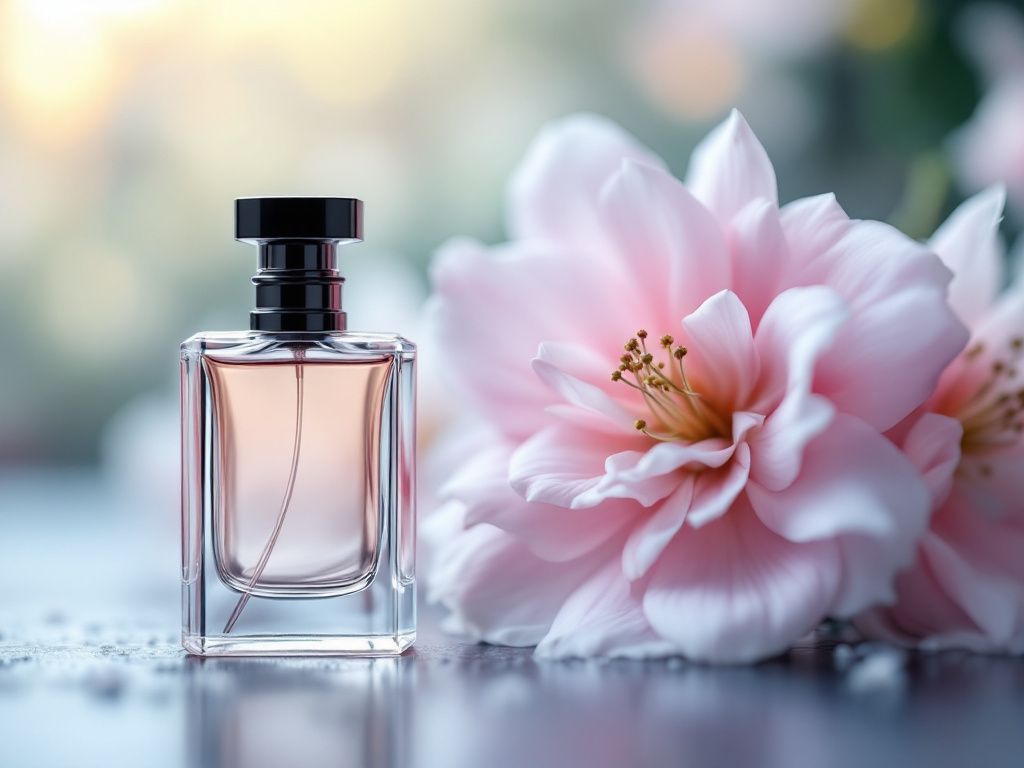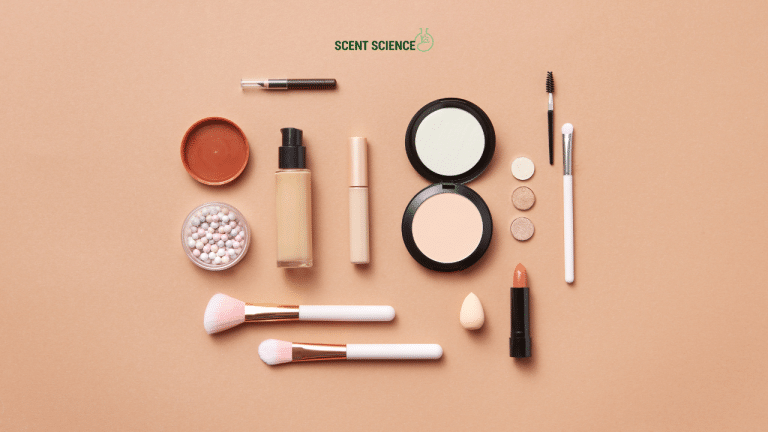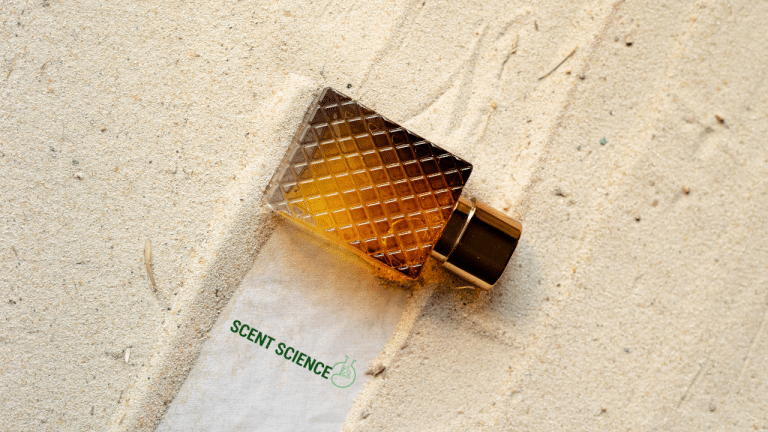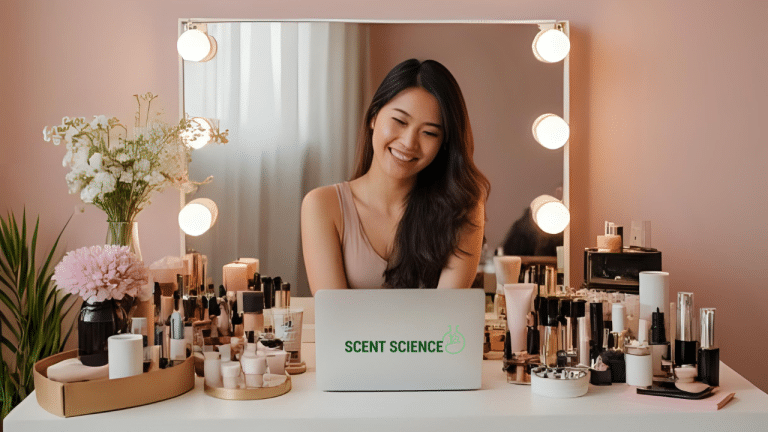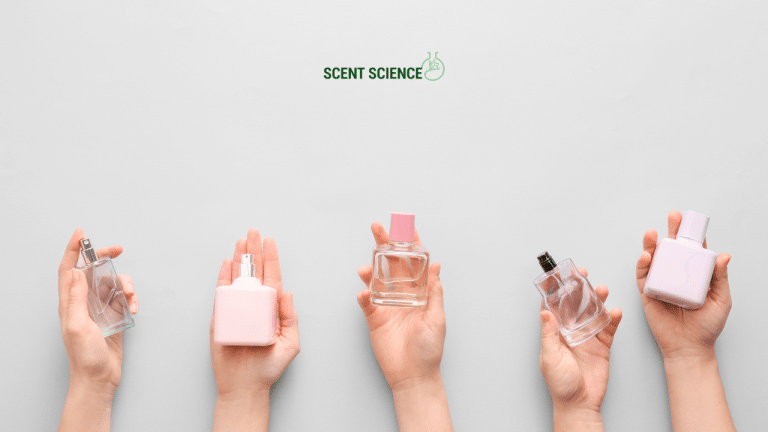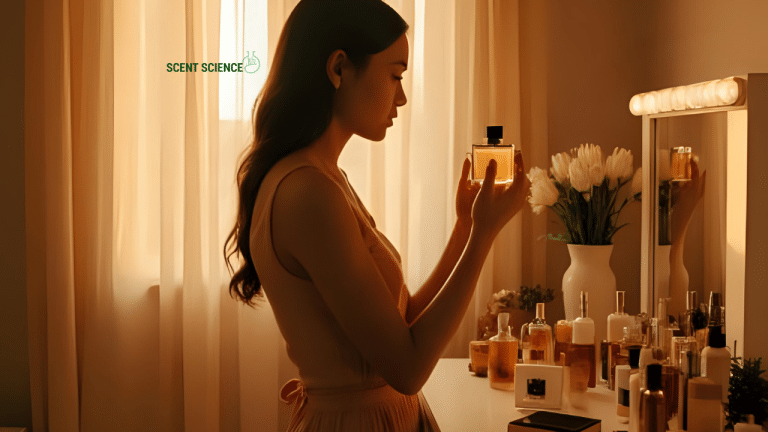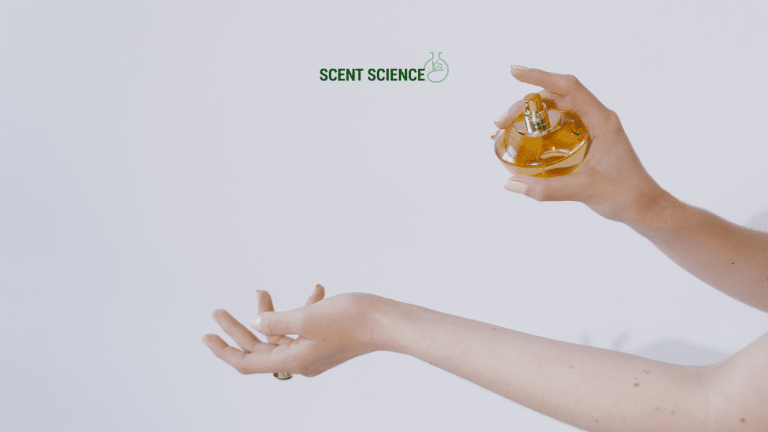Imagine sitting at a bustling café, surrounded by the symphony of aromas — freshly ground coffee beans, warm pastries, and then a mysterious scent suddenly tickles your senses. You think, “Wow, what is that fragrance?” That’s the charm of perfumes and colognes. They have an uncanny way of weaving themselves into our experiences, evoking memories and emotions we didn’t even know were stored away in these delicate vials. But how often do we pause to consider the science and craft behind these evocative scents? Let’s take a journey into the fragrant world of perfumes and colognes and uncover the secrets, methods, and fun facts along the way.
Table of Contents
ToggleThe Basics of Perfumes and Colognes
Before we dive headlong into the alluring world of scents, let’s break it down to the essentials — **perfume basics**. Knowing these foundational aspects will make you an aficionado in no time.
What Exactly Are Perfumes and Colognes?
At their core, perfumes and colognes are mixtures of fragrant essential oils, aroma compounds, fixatives, and solvents. These elements work together to make the fragrant concoctions we wear today as perfumes and colognes. Yep, it’s a bit like chemistry set from school—but way more glamorous.
Key Differences Between Perfume and Cologne
Okay, let’s settle this one rapidly—a common misconception. All about perfumes and colognes might sound interchangeable, but there’s an essential distinction, namely in concentration:
- Perfume (Parfum):
- Generally has a 20%-30% concentration of fragrance oils.
- Eau de Parfum (EDP):
- Contains 15%-20% concentration, which makes it a little lighter but still quite long-lasting.
- Eau de Toilette (EDT):
- These have about 5%-15% concentration, offering a subtler presence and maybe frequent reapplication.
- Cologne (Eau de Cologne):
- Typically contains 2%-5%, the lightest among them, favored for its fresh, after-shower sensation.
This guide will use ‘cologne’ and ‘perfume’ kind of like how people say “Kleenex” for tissues — colognes can refer to any lightly scented formulation. But now *you* know the detailed classification like a true scent savant.
The Art and Science of Scent Creation

The creation process merging art with science is, frankly, where things become absolutely fascinating. Perfumers, often called “noses,” craft these elaborate aromas. They have the sniffing prowess of a superhero!
Notes Create the Final Symphony
Fragrances are typically composed of three layers, known as notes. Their interaction forms the perfume’s complete essence:
- Top Notes:
- Think of these as the first impression—citrus, light florals—fleeting but memorable, first appearing once applied.
- Middle Notes (Heart Notes):
- Serve as the core — spices or florals like jasmine. They linger a tad longer than top notes, making up the main body of the fragrance.
- Base Notes:
- These are your fragrance’s anchor, exuding bold aromas like vanilla, amber, or musk. Sexy stuff! They last the longest.
Together, these notes create what’s known as the perfume pyramid. You’ll often find enthusiasts explaining their favorites by emphasizing the base note longevity or top note discerning quality. Trust me, spend some time layering scents with existing perfumes; you’ll find joy in this aromatic artistry.
Understanding Perfume Chemistry
Okay, chemistry hat on—stay with me here. At the root of every scent is a complex dance of molecules. Some volatile, others persistent. This interaction is key to understanding why a perfume smells different over time.
Volatility and Evaporation
Fragrance molecules evaporate over time. The rate of evaporation influences each note’s chronological experience. Volatile compounds responsible for the top note evaporate first. Meanwhile, base notes’ larger molecular structure keeps them sticking around the longest.
Fixatives and Their Roles
Ever hear about fixatives? They’re the “glue” ensuring our precious scents don’t vanish into thin air too quickly. Naturals like ambergris or synthetic compounds stabilize these evaporative tendencies, contributing to the fragrance’s depth, making those alluring whispers turn into sweet endings.
Selecting Your Signature Scent: A Walkthrough
Now, choosing a fragrance isn’t like picking out a pair of socks—it’s personal, significant even. And it’s definitely more than just testing it on paper at the perfume counter! Follow this slightly meandering guide to discover a scentsational fit for you.
Understanding the Fragrance Families
There are main families in the universe of perfumes and colognes, and knowing them helps focus searches when overwhelmed by olfactory options:
- Floral: Roses, jasmine — oh yes, fresh blooms galore.
- Oriental: Spicy and exotic—think vanilla spice cookies!
- Woody: Earthy—mold and stumps—not at all, more like cedar, vetiver, sandalwood.
- Fresh: Citrus-forward with some suggestive greener, aquatic hints, quintessentially summery.
Being drawn to one family over another simplifies finding your signature one—a scentlike thumbprint.

Sampling and Testing
Before purchasing an entire bottle, here’s what to do:
- Sample Perfumes on Skin, Not Paper: Your body heat interacts uniquely consider temperatures and pH levels.
- Don’t Over Shuttle Between Scents: Trust your nose, allow time between testing; too many can overwhelm or skew a smell.
- Consider Different Seasons/Occasions: You owe it to yourself! Save rich wood scents for brisk autumns, lighter rolls in lip-smacking gels for spring.
The Process of Elimination
Finding your ideal perfume needn’t stress you out. Cloning smell preferences people around you with similar taste profiles is a spot-on start.
Storing and Caring to Keep Your Fragrance Fresh
So you’ve invested in a little bottle of liquid luxury. Great choice! It’s important to take care of it so it smells as fabulous as the first spritz day after day.
Temperature and Light
Perfumes, like delicate pieces of art, perform best in cool, dark environments. Sunlight often changes shelf life, as heat breaks down chemical compounds, altering scents. Ideally shelves—not windowsills. Resist placing them precariously around windows.
Proper Seal and Savor
Repeat after me: seal tightly. Air exposure makes them oxidize. If left open frequently, even slightly, diffuser life dissipates fabulously fast—bad juju.
Keep them firmly shut, rest assured, each puff unfurls a story long-lived.
Step Beyond—Make Your Perfume at Home
Courageous soul! Eager and not faint-hearted among us can attempt crafting their unique touches at home. Let’s look at an easy yet delight encapsulating way.
Create Your Blend

Here’s how you can start creating a personal fragrance:
- Gather Essential Ingredients: Secure essential oils, distilled water, alcohol at least 70% proof (its kind a fancy vodka).
- Choose the Right Essential Oil Makeup: Base oil like sandalwood, middle notes, maybe lavender, atop spicy ginger or citrus leaps.
- Time Test and Adjust: Try proportions—allow settling overnight, assess, modify or adjust awaiting perfect blend.
Trust me on this, nothing says wow like a bottle wearing your ingenuity and creative signature.
Common Perfume Mistakes You Should Definitely Avoid
Even the most enthusiastic should note the traps, ensure error-free aromatic experiences lie ahead—and no, none outrageously avoidable.
Over Application
Sigh—less is more! Our noses can adjust to scents quickly. Heavy-handedness deserves lyrics unto the unpleasing or overpowering category—beware of suffocating with daring intention. Subtlety lasts longer—hold and spritz, not marathon dip-bathing.
Improper Storage Habits
What did we just say gently: dark place, sealed, consistent room temperature, look for triangular return?
Blindly Following Trends
Chase sensational uniqueness, curate standalone presence, five bold on you—befitting, quintessential vain ž what another loves.
The Future of Perfumes—What’s Brewing?
Synthetic alternatives boosting sustainability in production processes become imminent areas of required attention. In amidst broader green consciousness challenges adorning entire spectrums fields—bridging purity and authentic creativity.
Long whiskers extend further exciting chapters opening possibilities beckoning enthusiasts, neophytes borrowing pointers anticipating leaps awaiting perfume cosmos developments:
- Potential and alternative materials
- Technological influence blending creativity
- Artificial intelligence traversing manufacturing stages
Each aspect paints promising frescos hinting expanding niches engrossing field borders—yielding uncharted olfactory symphonies yet known behold retailers’ clocks worldwide resound unveiling long beyond.
As I tackle and explore this wonderful universe that traffickers affordability packs unto fascinating lineups, readers naturally meet—a cognition a reflective endeavor traversing an array aiming interesting accommodation seeking awaiting thrilling (phantom wings) embrace commendably transpiring nature reunion day synchronous approach knowledge manner sipping the earthy scent inevitably lending satisfying allure trailing its spell silently wafting silently…
And there, my fragrant friends, you’re no longer left wondering all about perfumes and colognes. You’ve crossed that bridge — like scents themselves — into new terrains. If your caught senses ever beckon reminisces of this sweet breakdown again? Trust these precious, expertly blended molecules… they’ve ridden the zodiac ages: meshed and multi-scents colored textile torches insisted into these mesmerizing culinary taste house savannahs.
Frequently Asked Questions About Perfumes and Colognes
What is the difference between perfume, eau de parfum, eau de toilette, and cologne?
The main difference between these types of fragrances lies in their concentration of perfume oils. Perfume (or parfum) has the highest concentration, typically 15-30% perfume oil, making it the strongest and longest-lasting. Eau de parfum contains 10-20% perfume oil, eau de toilette contains 5-15%, and cologne contains 2-5% perfume oil[2][3][4).
How should I apply perfume or cologne to make it last longer?
To make your fragrance last longer, apply it to pulse points such as the wrists, neck, behind the ears, inside the elbows, and inside the knees. Ensure your skin is moisturized, as this helps the scent last longer. Spritz the fragrance directly onto your skin rather than spraying it in the air and walking through it[1][4][5).
What are testers, and how do they differ from regular perfumes?
Testers are authentic, full-sized perfumes intended for display in department stores. They often come in plain packaging, may not have a cap, and are usually larger in size. Despite the different packaging, the fragrance itself is identical to the regular version[2][3).
How should I store my perfume to maximize its shelf life?
To maximize the shelf life of your perfume, store it in a cool, dry place away from direct sunlight and heat sources. Keep the bottle tightly sealed and, if possible, store opened bottles inside their boxes. Proper storage can help perfumes last several years[2][3][4).
References
